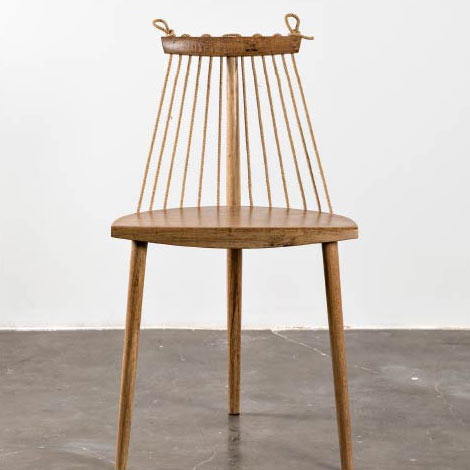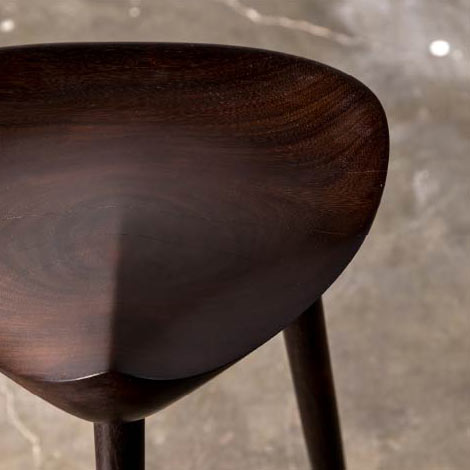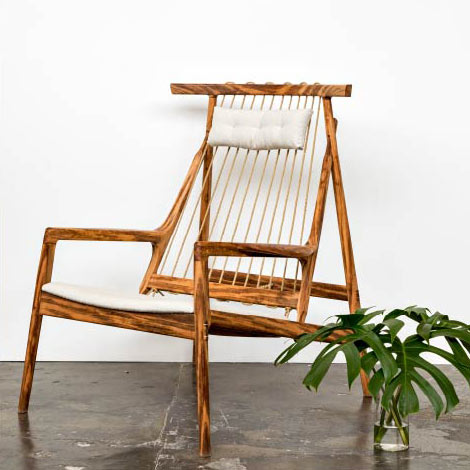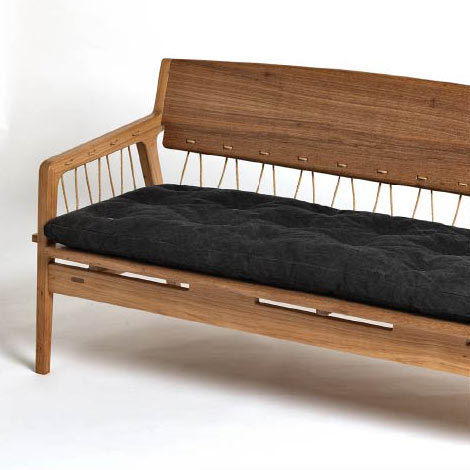


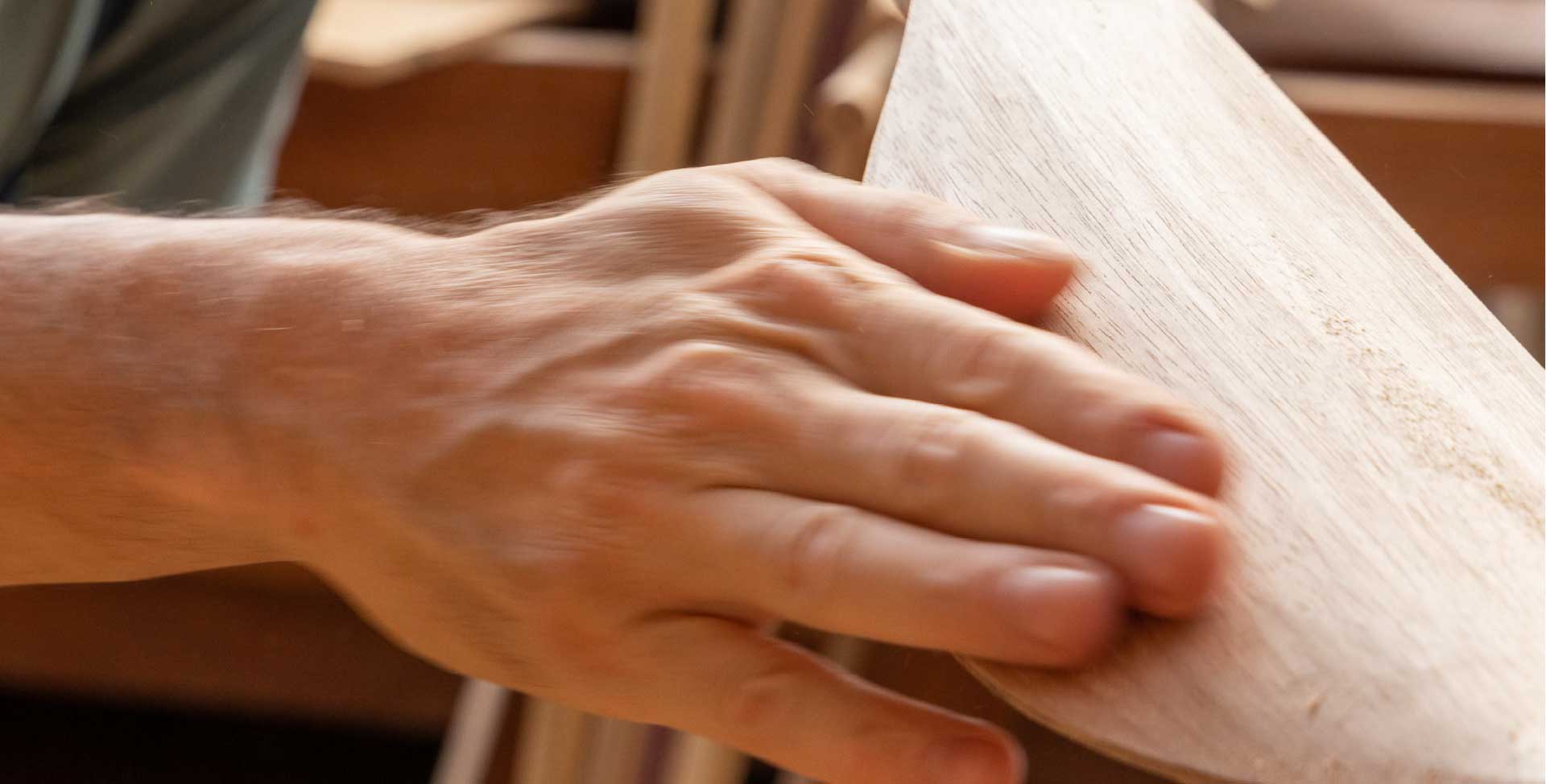
Ricardo Graham Ferreira
The choice of Ebanesteria arose from Ricardo’s passion for wood and its infinite possibilities. The respect for the material and the pleasure of bringing his designs to life with his own hands are undoubtedly his greatest satisfaction as an ebanist. “Wood is, in itself, a sustainable and regenerative material. It adapts over time, bears the marks of its existence and is eternal when well cared for. With this, I want the pieces I create to be like the wood that received it: permanent, passed through the hands of different generations and that carry the history of each person with them over time “, comments Ricardo.
The excellence of Ricardo’s work goes through the material and reaches the design, through a manual practice, always in an intuitive way. This whole cycle is aligned with a true discourse, lived every day by Ricardo and his family – who live a few metres away from the workshop where he works – through renewable and sustainable processes, which give a real freshness in a world saturated by the urgency of virtual time. “The difference in my work is my expression: this one didn’t have school. It is there that I employ a more intimate knowledge, where individuality takes shape: curves, wood tones, fittings. It’s a language, a communication in the form of an object,” he explains.
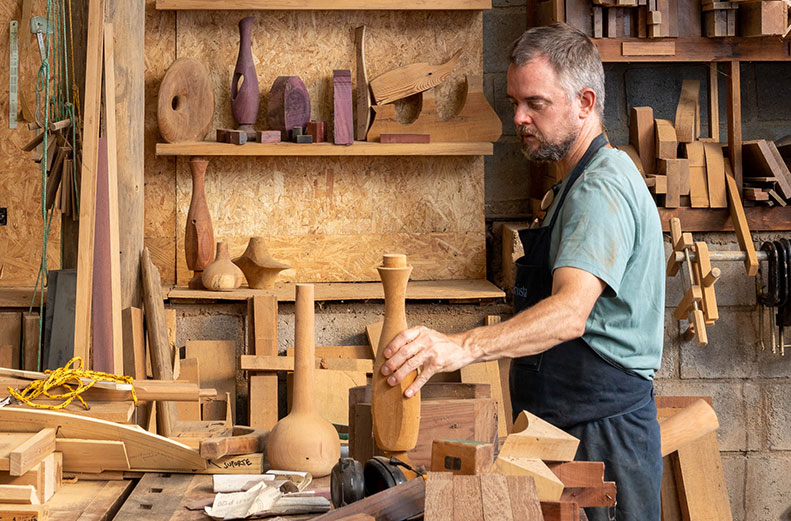
Collection
Tropical Woods
In more humid places it absorbs moisture, in drier places it loses moisture. Therefore, if exposed for a long period to intense heat and light, it can change the balance, losing excessively its natural moisture. This can lead to changes in colour, texture and even, depending on the intensity of heat, the dimensions of the wood. Therefore, the ideal is to choose a place where there is no prolonged exposure to the sun, the heat of strong lamps, or ovens.
As a form of maintenance and to renew the piece, from time to time, apply a wax, in order to keep the wood protected and polished. Simply dampen a clean flannel with wax and spread it over the surface of the wood. Leave to dry for a few minutes and, with another clean cloth, rub vigorously in the direction of the wood fibres until it shines.
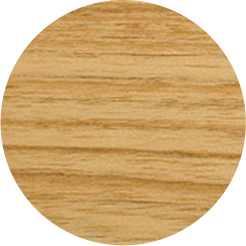

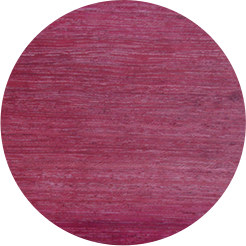
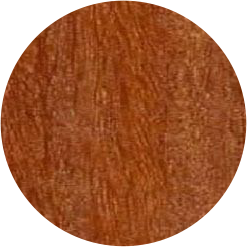
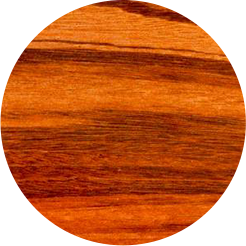
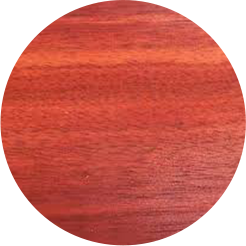
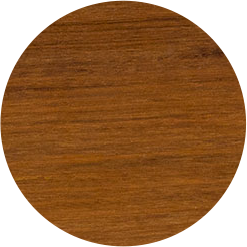
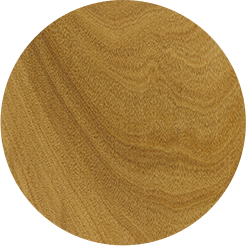
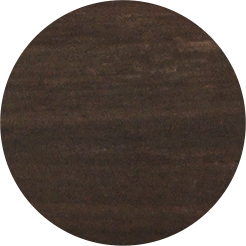

ASH
Heartwood is yellowish-brown or even light brownish-brown, uniform or with darker, well-faded and parallel stripes, rarely showing a pinkish tinge. Sapwood is brownish or greyish-white, ranging from 1.5 to 5.0 cm thick.Medium texture, generally straight grain, glossy surface and moderately rough to the touch.

SUCUPIRA

PURPLE
Heavy wood, purple in colour, with an indistinct taste and smell. In the species P. confertiflora the texture is medium and the grain straight, while in the species P. lecointei the texture is fine and the grain irregular.

CUMARU
Colour light brown or yellowish brown. Sapwood distinct, yellowish brown. Surface slightly to moderately glossy, waxy in appearance, vanilla-like odour. Distinctive flavour.

MUIRACATIARA
Heartwood of reddish-brown colour, demarcated with dark brown bands in vertical direction, of variable spacing, with beautiful distinct figures. Regular grain, medium texture, imperceptible odour and taste.

MUIRAPIRANGA

IPÊ
Heartwood brownish or light brown, generally uniform, often with greenish reflections. Surface not very glossy, moderately smooth to the touch; texture fine to medium, uniform; straight to reverse grain, odour and taste imperceptible.

FIELD PEROBA

BRAUNA
Due to the yellow sapwood, the heartwood is highlighted, with dark brown to black colouration and presence of medullary macules. Its surface is opaque, smooth and compact. The wood is hard, has a straight grain and fine texture. No perceptible odour or taste.
Contact
All rights reserved Ricardo Graham Ferreira
